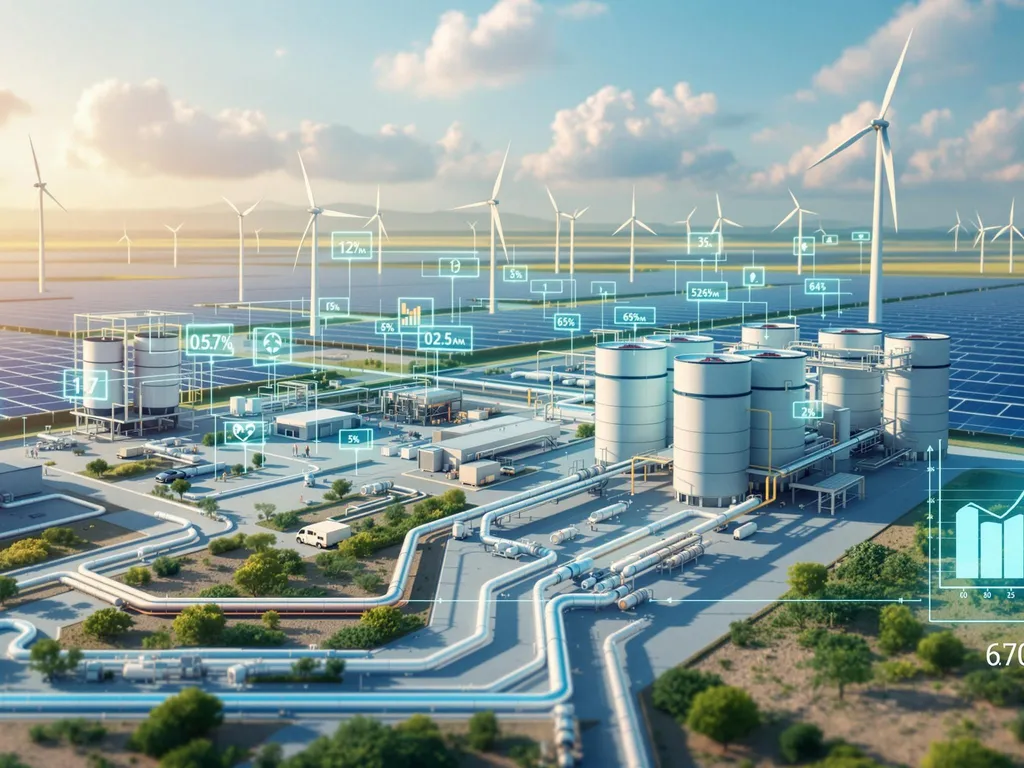Green Hydrogen: The Rising Star of the New Energy Economy
Key Ideas
- The global green hydrogen market is projected to reach $19.2 billion by 2032, indicating widespread recognition of the need for cleaner energy in various sectors.
- Technological advancements in electrolysis setups like PEM, alkaline, and solid oxide are accelerating the growth of green hydrogen, offering zero-emission alternatives with different strengths.
- While the investment in green hydrogen is increasing, financial viability remains a challenge, requiring incentives, long-term agreements, and government support to drive the transition.
- The shift to green hydrogen represents a significant ecosystem change, impacting infrastructure development, job creation, and overall system design, with countries like Australia and Chile emerging as potential export hubs.
The global green hydrogen market is gaining momentum, set to hit $19.2 billion by 2032 according to a report from Exactitude Consultancy. Industries, governments, and investors are increasingly recognizing the importance of cleaner energy, particularly in sectors like heavy transport and industrial systems. The rise of green hydrogen is fueled by pressure to move away from fossil fuels, driven by public demand, regulations, and climate goals. Technological advancements in electrolysis setups, including PEM, alkaline, and solid oxide systems, are contributing to the growth of green hydrogen as a versatile zero-emission alternative. However, financial viability remains a challenge, necessitating incentives and government funding. The transition to green hydrogen is not just about energy but also entails an ecosystem shift, influencing infrastructure development, job creation, and system design. Countries with abundant renewable resources are poised to become key players in the green hydrogen market. Government support through policies like carbon taxes and subsidy programs is crucial for accelerating the transition. With the market value of green hydrogen projected to reach $19.2 billion, it is increasingly becoming a foundational element of the new energy economy, signaling a transformative shift towards cleaner energy sources.
